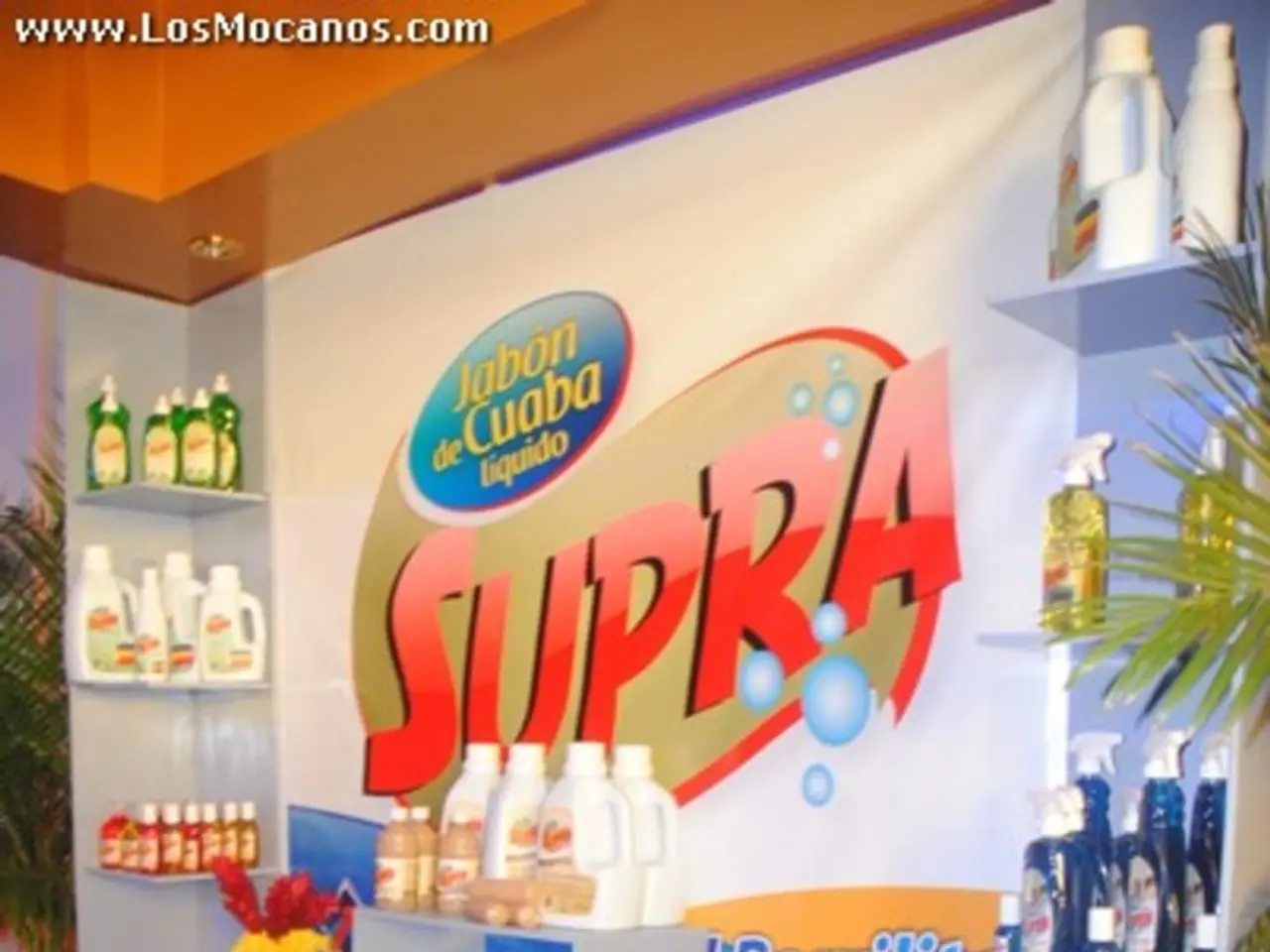Expanded Growth Rate for Clean Label Mold Inhibitors Market Projected at 6.5% by 2034
In the realm of food production, a significant shift is underway towards healthier and more transparent practices. This shift is particularly evident in the burgeoning market for clean-label mold inhibitors.
Companies such as BASF, Dow Chemical, AkzoNobel, Lonza, and more recently, Archer Daniels Midland Company (ADM) and Cargill, are at the forefront of this development, creating fully certified mold inhibitors. ADM, for instance, launched a new line of clean-label fermentation-based ingredients in 2023, including natural mold inhibitors derived from plant-based sources. Similarly, BASF SE introduced NATAMAX, a natural mold inhibitor derived from fermented sugarcane, and Cargill introduced EpiGuard, a clean-label mold inhibitor made from fermented wheat and rice.
The demand for these clean-label products is driven by consumer desire for simplicity and healthfulness in food ingredients. BioVeritas, too, joined the fray in 2023 with the launch of BioPure, a clean-label mold inhibitor made from upcycled plant materials.
Food and beverages make up 52.2% of clean-label mold inhibitor usage, with applications extending to sectors like cosmetics and pharmaceuticals. These inhibitors are used in bakery items, dairy alternatives, meat and poultry, beverages, and packaged snacks.
The clean-label mold inhibitors market continues to grow, representing a shift towards healthier, more transparent food preservation practices. North America leads the market with a 41.8% share, valued at USD 0.5 billion. The Global Clean Label Mold Inhibitors Market is projected to reach USD 2.3 billion by 2034, growing at a CAGR of 6.5% from 2025 to 2034.
However, the market is not without its challenges. Cost and scalability, regulatory hurdles, consistency and effectiveness, consumer perception, and shelf life limitations are major obstacles. Yet, the expansion of the market offers opportunities for food producers to innovate and cater to health-conscious consumers.
Companies are experimenting with natural sources for mold inhibitors such as vinegar, rosemary extract, and fermented sugars. Powdered clean-label mold inhibitors hold a 67.4% market share. Starch-based mold inhibitors account for 30.2% of the global market share.
The trend towards clean-label products also encompasses a growing emphasis on ethically and sustainably sourced ingredients. Emerging markets, innovation in product formulation, collaborations and partnerships, educational initiatives, and regulatory support present growth opportunities in the clean label mold inhibitors market.
Brands are enhancing transparency about their products and manufacturing processes, reflecting a broader movement towards trustworthiness in the food industry. Advanced preservation technologies like high-pressure processing (HPP) and pulsed electric fields (PEF) are being integrated with clean-label practices, further underscoring the commitment to healthier and more sustainable food preservation.
Read also:
- Impact of Alcohol on the Human Body: Nine Aspects of Health Alteration Due to Alcohol Consumption
- Understanding the Concept of Obesity
- Lu Shiow-yen's Challenging Position as Chair of the Chinese Nationalist Party (KMT) Under Scrutiny in Donovan's Analysis
- Tough choices on August 13, 2025 for those born under Aquarius? Consider the advantages and disadvantages to gain guidance







